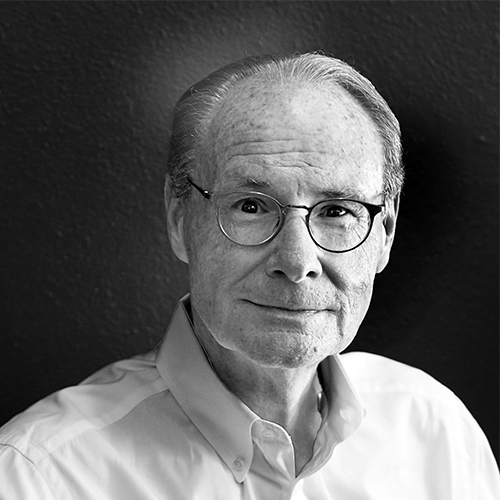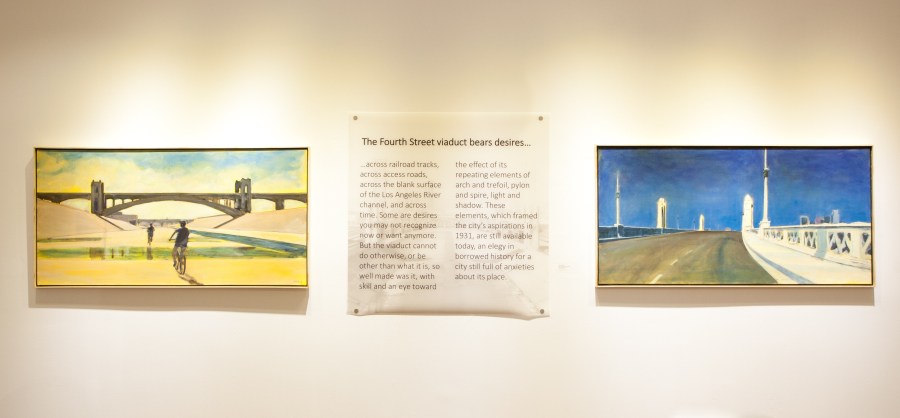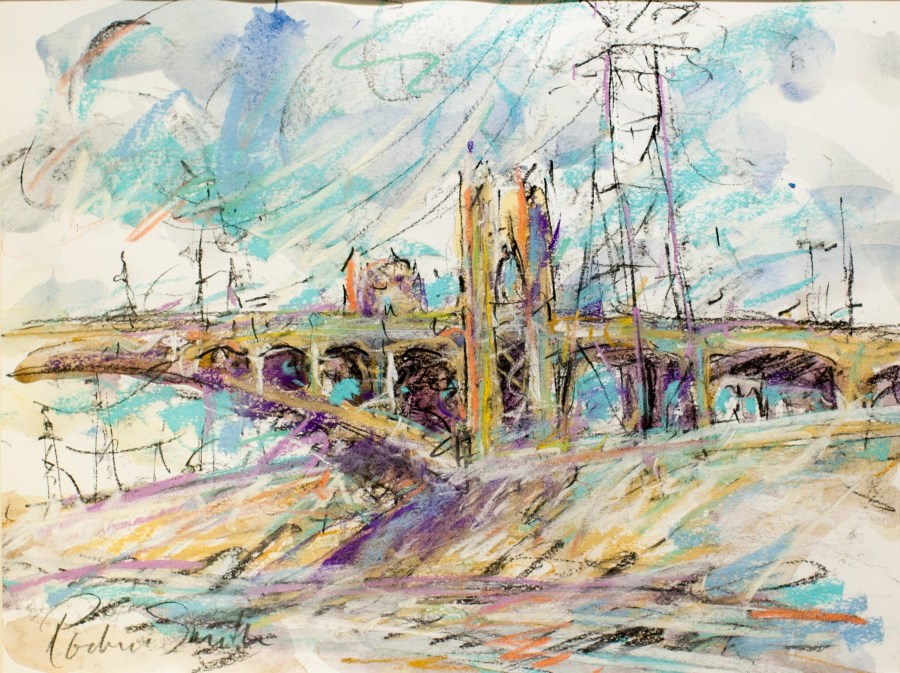"Positively Fourth Street" | D.J. Waldie Essay Published in BOOM California
May 26, 2018

About D.J. Waldie
D. J. Waldie is a renowned essayist, memoirist, translator, and editor who has lent his writing skills to the Positively Fourth Street Exhibition. The essay he wrote about the Fourth Street Bridge was published in BOOM California. He is the author of six books of non-fiction dealing with aspects of everyday life, including Holy Land: A Suburban Memoir. His commentaries on California history and politics have appeared in the Los Angeles Times and The New York Times.
"A Traveler Comes to a Bridge" by DJ Waldie
A traveler comes to a bridge. As the traveler starts to cross, one foot is still earthbound. Empty space is beneath the other. The next step requires trust. The traveler is uplifted less by concrete or masonry and more by forces kept in balance with the void waiting below. The bridge seems static, but every footfall must be absorbed, its effects distributed by tension or resisted by compression. The bridge responds. Its span springs to the traveler’s step in order to seem unmoved.

